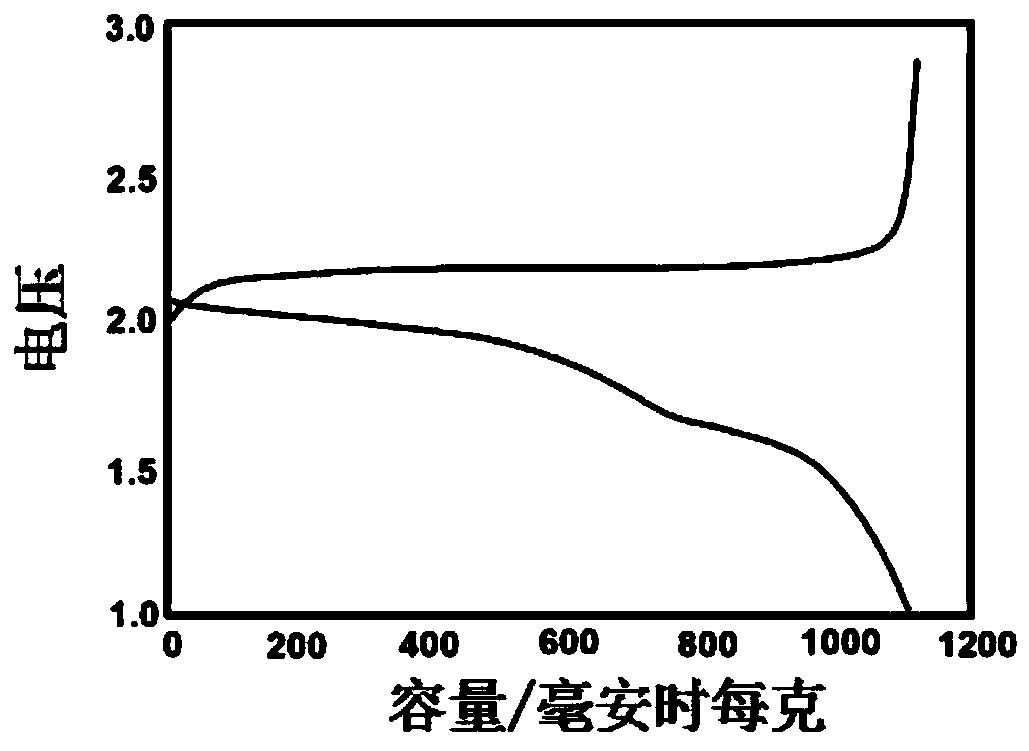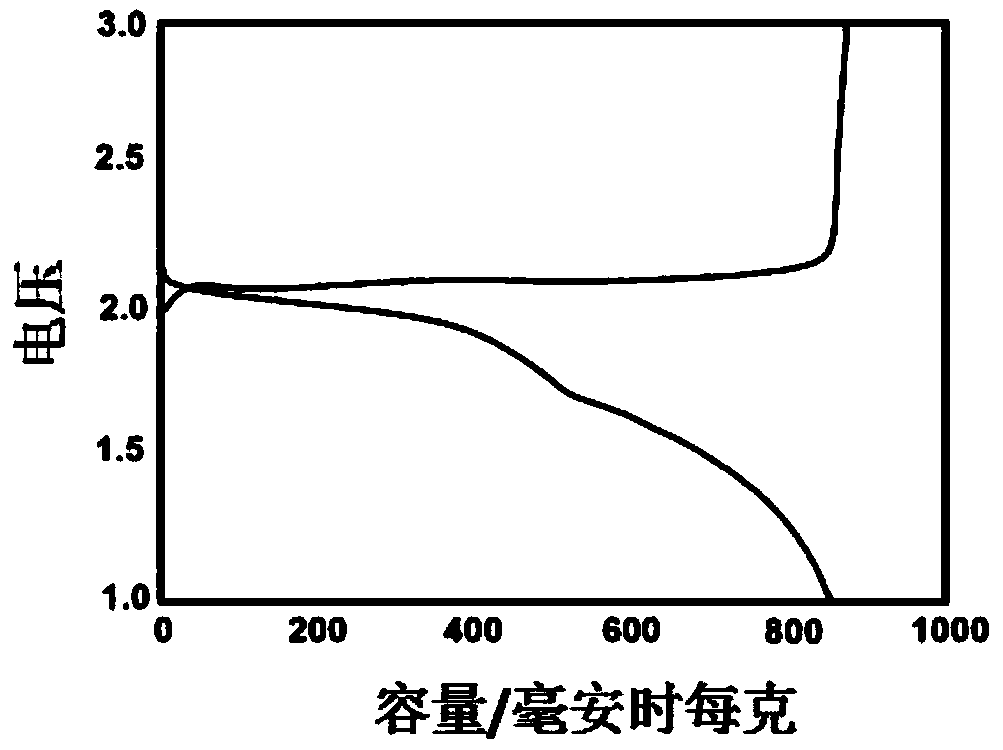Se@CNT/CP self-supporting flexible electrode material, as well as preparation method and application
A flexible electrode, self-supporting technology, applied in battery electrodes, nanotechnology for materials and surface science, circuits, etc., can solve the problem of poor rate performance and cycle stability, dissolution of high-order polyselenides, and limited commercialization development and other issues to achieve efficient charge transport, high yield and industrial feasibility, and improved utilization
- Summary
- Abstract
- Description
- Claims
- Application Information
AI Technical Summary
Problems solved by technology
Method used
Image
Examples
Embodiment 1
[0037] The first step, the preparation of purified CP:
[0038] Choose Xinxiangyin DT26200 commercial paper towels as the source of carbon paper, soak 4cm×4cm paper towels in 30mL of distilled water, let it stand for 2 hours, then add 4mL of concentrated hydrochloric acid to the above mixture, keep it in its original state for 12 hours to remove Impurities, to obtain purified carbon paper.
[0039] In the second step, SeCl 4 Preparation of / CP composites
[0040] Add the purified carbon paper to the solution containing 0.5g SeCl 4 10mL aqueous solution and let it stand for 30 minutes to ensure that the carbon paper is fully soaked, and then the carbon paper is taken out and freeze-dried for 12 hours to obtain the loaded SeCl 4 CP of SeCl 4 / CP composites.
[0041] Step 3: Preparation of Se@CNT / CP self-supporting flexible electrode material:
[0042] A piece of SeCl 4 The / CP is placed in a porcelain boat and placed horizontally in the middle of the tube furnace. In acc...
Embodiment 2
[0047] The first step, the preparation of purified CP:
[0048] Choose Xinxiangyin DT26200 commercial paper towels as the source of carbon paper, soak 4cm×4cm paper towels in 30mL of distilled water, let it stand for 4 hours, then add 8mL of concentrated hydrochloric acid to the above mixture, keep it in its original state for 24 hours to remove Impurities, to obtain purified carbon paper.
[0049] In the second step, SeCl 4 Preparation of / CP composites
[0050] Add the purified carbon paper to the solution containing 0.7g SeCl 4 10mL aqueous solution and let it stand for 30 minutes to ensure that the carbon paper is fully soaked, and then the carbon paper is taken out and freeze-dried for 12-24h to obtain the loaded SeCl 4 CP of SeCl 4 / CP composites.
[0051] Step 3: Preparation of Se@CNT / CP self-supporting flexible electrode material:
[0052] A piece of SeCl 4 The / CP is placed in a porcelain boat and placed horizontally in the middle of the tube furnace. In acces...
PUM
| Property | Measurement | Unit |
|---|---|---|
| diameter | aaaaa | aaaaa |
Abstract
Description
Claims
Application Information
 Login to View More
Login to View More - R&D
- Intellectual Property
- Life Sciences
- Materials
- Tech Scout
- Unparalleled Data Quality
- Higher Quality Content
- 60% Fewer Hallucinations
Browse by: Latest US Patents, China's latest patents, Technical Efficacy Thesaurus, Application Domain, Technology Topic, Popular Technical Reports.
© 2025 PatSnap. All rights reserved.Legal|Privacy policy|Modern Slavery Act Transparency Statement|Sitemap|About US| Contact US: help@patsnap.com



